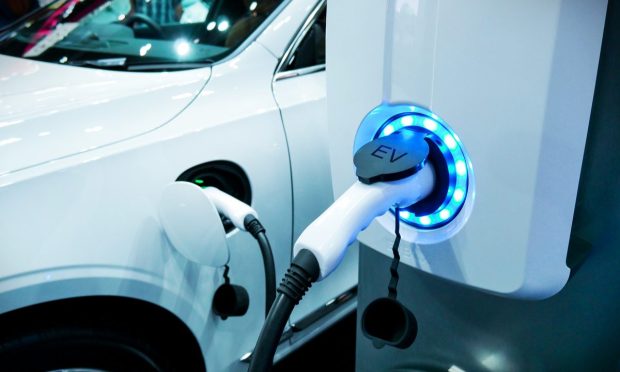
Following a record-breaking 2022, marked by the sale of over 10 million electric cars worldwide, the electric vehicle market has hit a speed bump in the United States, experiencing a downturn in recent months.
“Earnings season’s puts and takes in the electric vehicle industry show just how long and winding the road will be to ubiquity,” PYMNTS wrote earlier this week.
Tesla, for instance, cautioned that future vehicle volume growth rates might be lower compared to 2023, as its operating margins dipped by over half to just above 8%, despite a 13% increase in vehicle production and fourth-quarter revenue increasing 3% year on year to reach $25.2 billion.
One contributing factor to the slowdown in electric vehicle sales is the upfront cost, which can be higher compared to traditional gasoline-powered vehicles. This can be a barrier dissuading potential buyers from making the switch to electric.
Recognizing this challenge as far back as 2019, Tesla announced a transition to an online-only sales model at the time, with the expectation that this change could potentially reduce vehicle prices by approximately 6%, reaching the $35,000 price tag for the Model 3 sooner than anticipated.
Other major players in the automotive industry are also responding to market dynamics. Ford announced earlier this month a reduction in the price of the Mustang Mach-E, while General Motors revised downward its earlier targets for EV production, scaling back plans to manufacture over 400,000 units by mid-2024.
Electric vehicle buyers have to deal with stricter financing terms compared to those purchasing traditional vehicles, potentially serving as another factor contributing to the slowdown in adoption, according to an August paper authored by faculty at Wharton and the University of British Columbia in Canada.
The research, which initially focused on European markets, discovered similar trends in the U.S., revealing higher interest rates, lower loan-to-value ratios, and shorter loan durations for electric vehicles within the same car families compared to their non-electric counterparts.
The study identified the primary driver of this “EV financing gap” as the technological risk inherent in electric vehicles. Per Huan Tang, co-author of the paper, the rationale behind lenders charging higher interest rates for EV loans lies in the rapid evolution of electric vehicle technology, leading to a depreciation in their value and consequently reducing their resale value.
As Tang pointed out, the lack of maturity in battery technology associated with electric vehicle advancements suggests that the current generation of batteries could quickly become obsolete, possibly within just one or two years.
Against this backdrop, green auto loans have emerged, with some financial institutions and credit unions offering lower loan interest rates and special discounts to help consumers make the switch to electric cars.
At Oklahoma-based Tinker Federal Credit Union, for example, electric vehicle drivers benefit from a 0.25% reduction in loan rates on both new and refinanced vehicle loans, with no prepayment penalties. In a post on its website, the bank encourages customers to “get behind the wheel of [a] green vehicle and enjoy better fuel efficiency, less pollution and lower loan rates.”